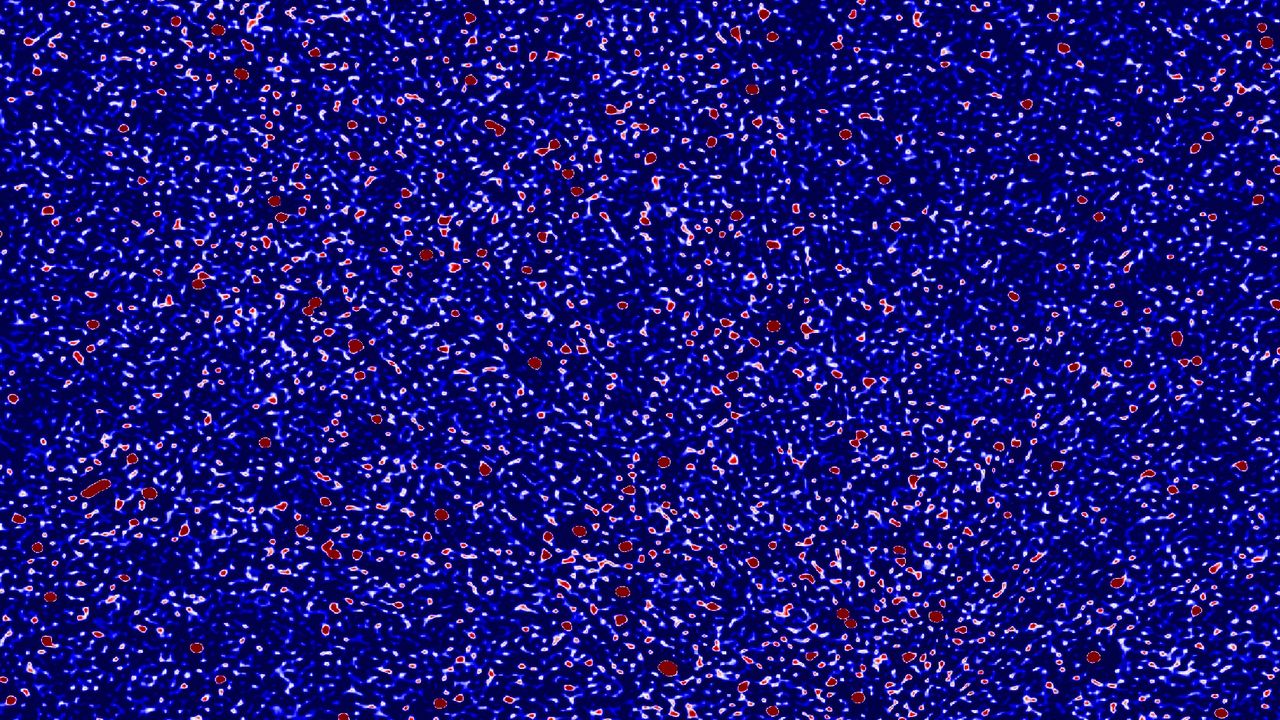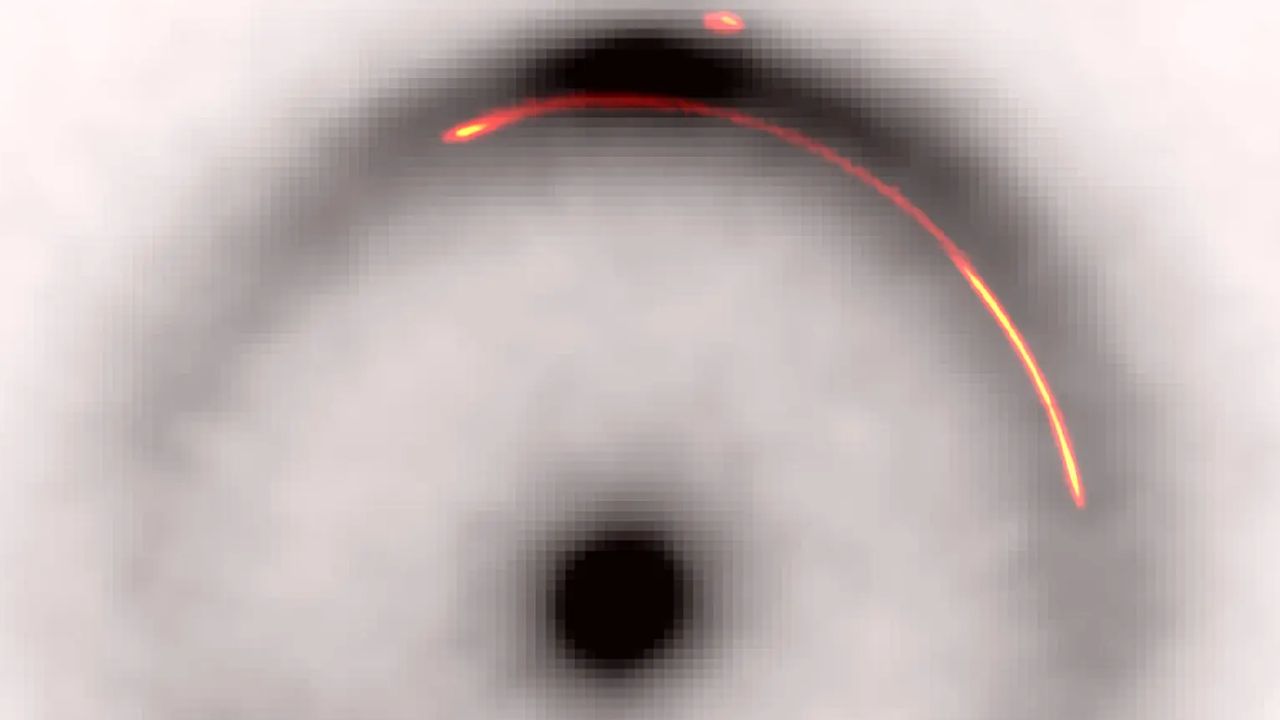What Is a Quasar? The Answer Depends on Your Point of View
NeutralScience
Quasars are fascinating astronomical phenomena powered by supermassive black holes at the centers of active galaxies. Their brightness and characteristics can vary significantly depending on our perspective and the methods used to observe them. Understanding quasars is crucial for astronomers as they provide insights into the early universe and the formation of galaxies.
— Curated by the World Pulse Now AI Editorial System







